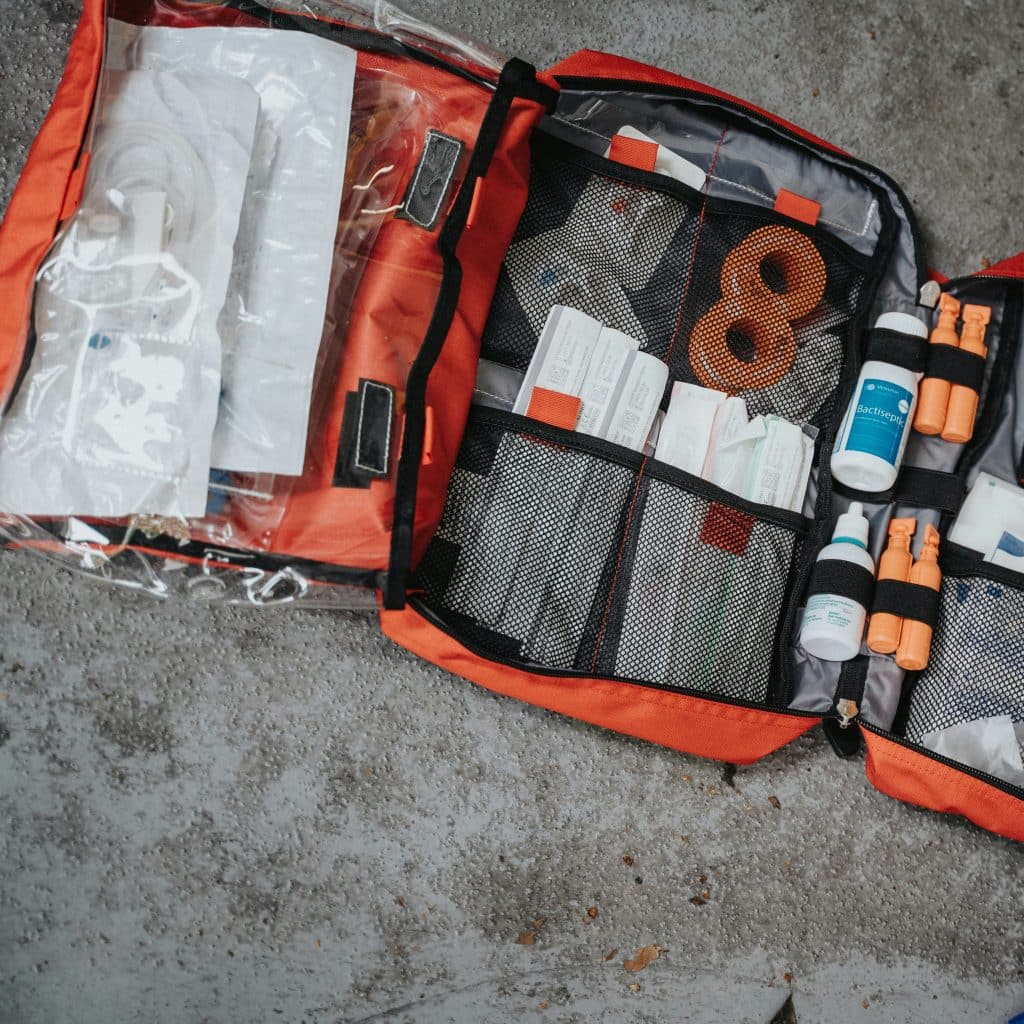
Accidents can happen at any time, making a well-stocked first aid kit a household necessity. Whether it’s a scraped knee, minor burn, or unexpected headache, having the right supplies on hand makes a difference. A complete kit can help manage injuries until professional help is available. This guide outlines 14 essential items every home first aid kit should include. It also offers tips on proper use and maintenance for each item.
Adhesive Bandages
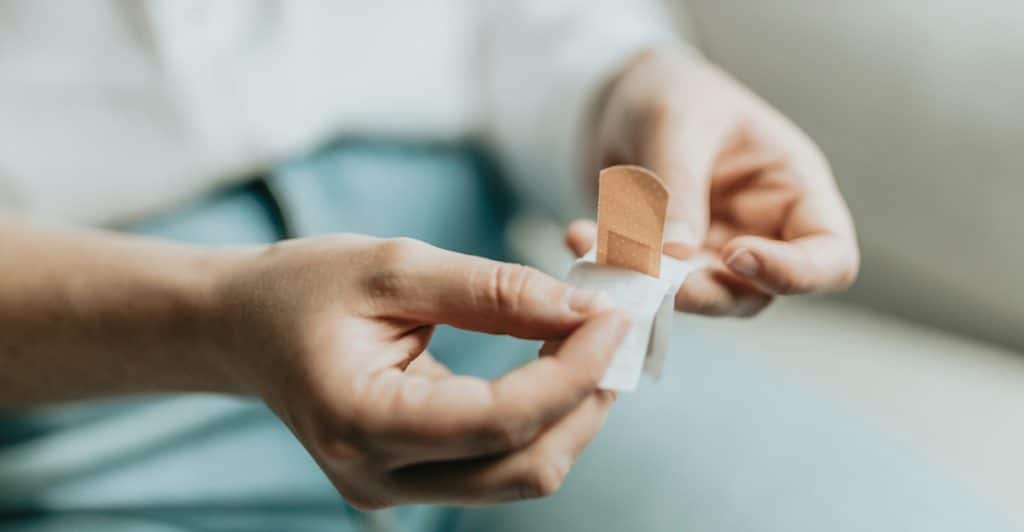
Adhesive bandages protect minor cuts and scrapes from dirt and bacteria. They help wounds heal faster by keeping them moist and clean. It’s useful to stock various sizes to cover different types of injuries. Bandages with breathable, waterproof designs add extra comfort and protection. Replace them daily or when soiled.
Antiseptic Wipes
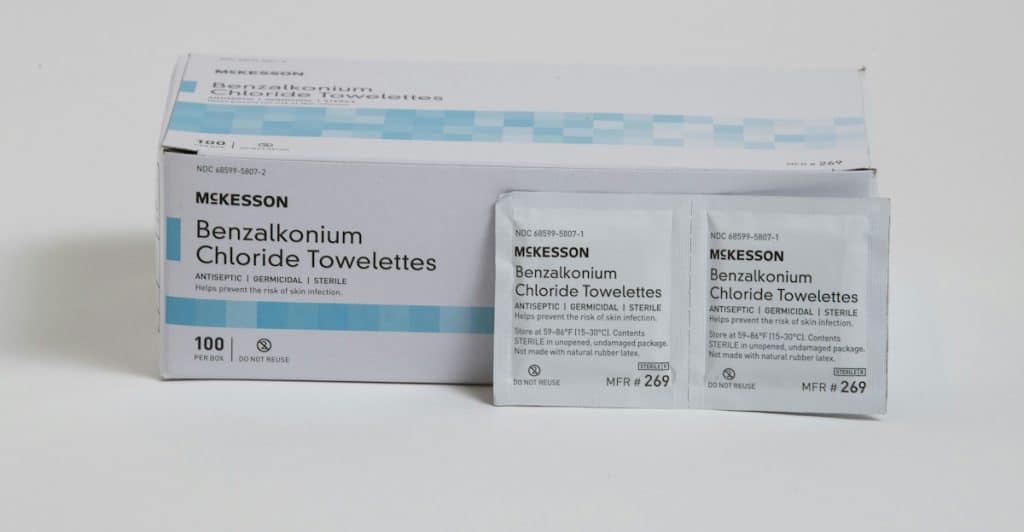
Antiseptic wipes disinfect wounds before bandaging. They reduce the risk of infection by killing germs on the skin. Individually packaged wipes are portable and mess-free. Always clean the area gently to avoid irritation. These are essential for first-line wound care.
Sterile Gauze Pads and Tape
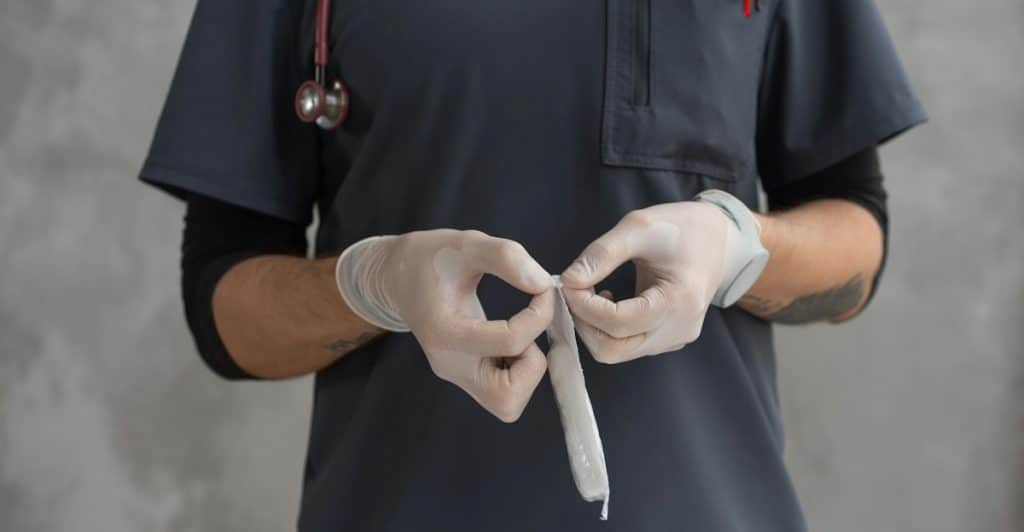
Gauze pads are used to cover larger wounds that bandages can’t protect. They absorb fluids and protect against contamination. Medical tape secures the gauze without restricting movement. Choose hypoallergenic tape to prevent skin reactions. Replace gauze daily or when wet.
Tweezers
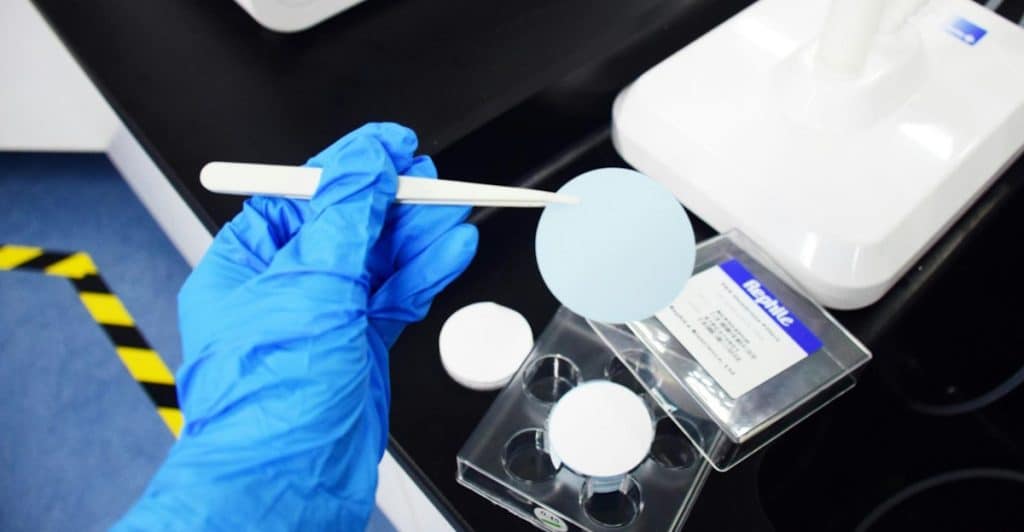
Tweezers help remove debris like splinters, glass, or ticks. A fine-tip, stainless steel pair offers the most precision. Disinfect the tweezers with alcohol before and after use. Keep them in a sterile bag to avoid contamination. Tweezers are also useful for applying small bandages.
Scissors

Medical scissors cut gauze, tape, and clothing during emergencies. Rounded-tip scissors reduce the risk of injury during use. Ensure they are sharp and clean to function effectively. Store them safely to avoid accidents. Scissors are especially helpful for customizing wound dressings.
Instant Cold Packs
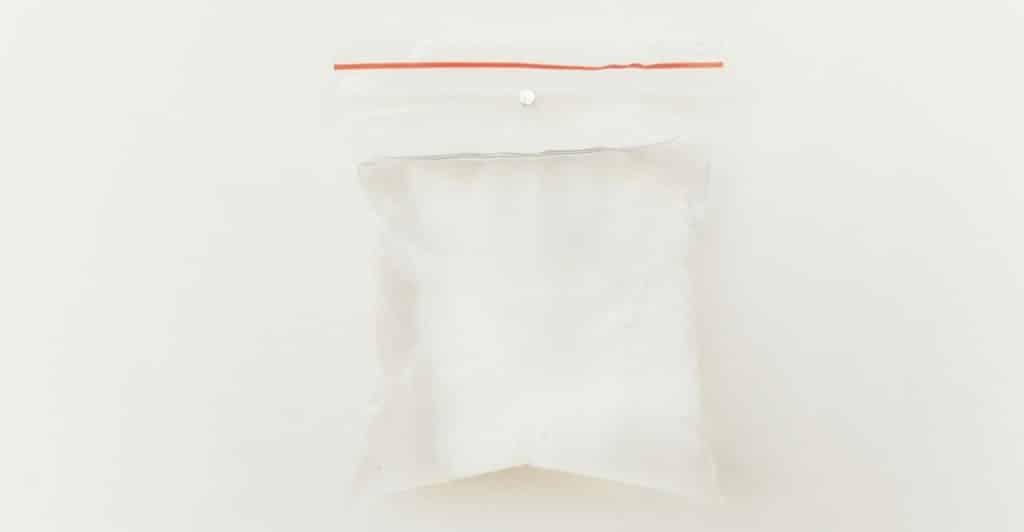
Cold packs reduce swelling and numb pain from sprains or bruises. These single-use packs activate with a squeeze and shake. Always wrap in cloth before applying to skin to prevent frostbite. They are particularly useful during sports or outdoor activities. Store a few for convenience.
Disposable Gloves
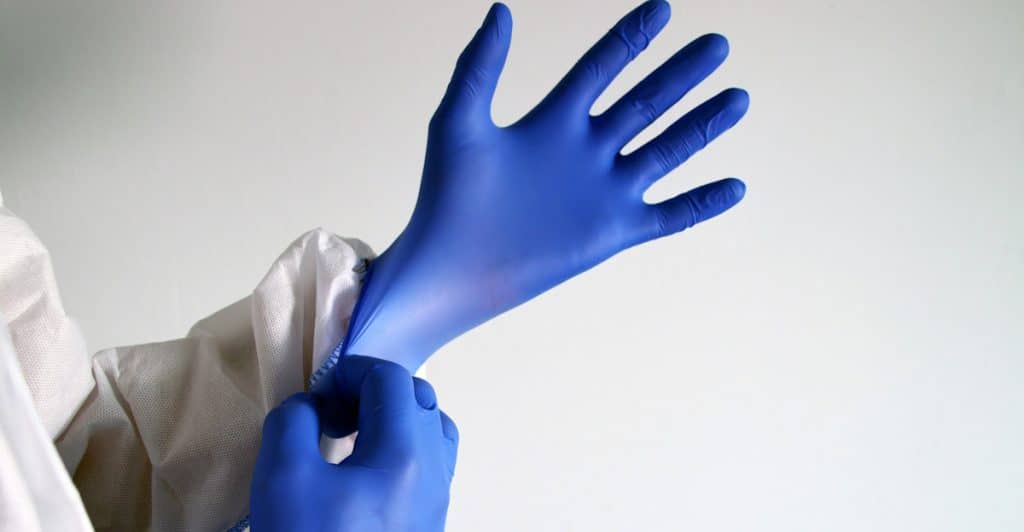
Gloves protect both the injured person and the caregiver from infection. Use them when treating open wounds or bodily fluids. Nitrile gloves are preferred as they are latex-free and durable. Always dispose of gloves properly after a single use. Keep several pairs in different sizes.
Digital Thermometer
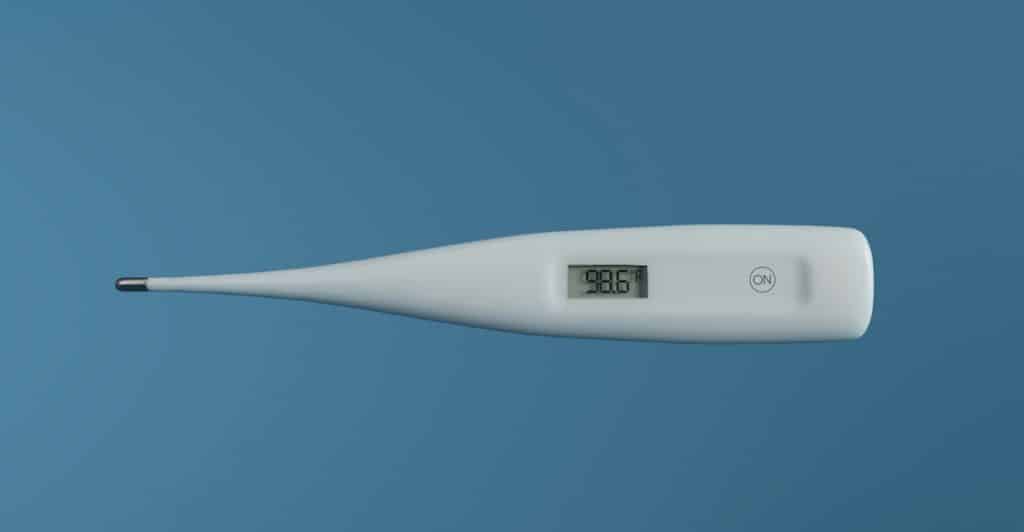
A thermometer helps monitor body temperature in case of fever or illness. Digital models are fast, accurate, and easy to read. Sanitize after each use, especially if shared. Include extra batteries in the kit for backup. This tool aids in assessing whether medical help is needed.
Pain Relievers
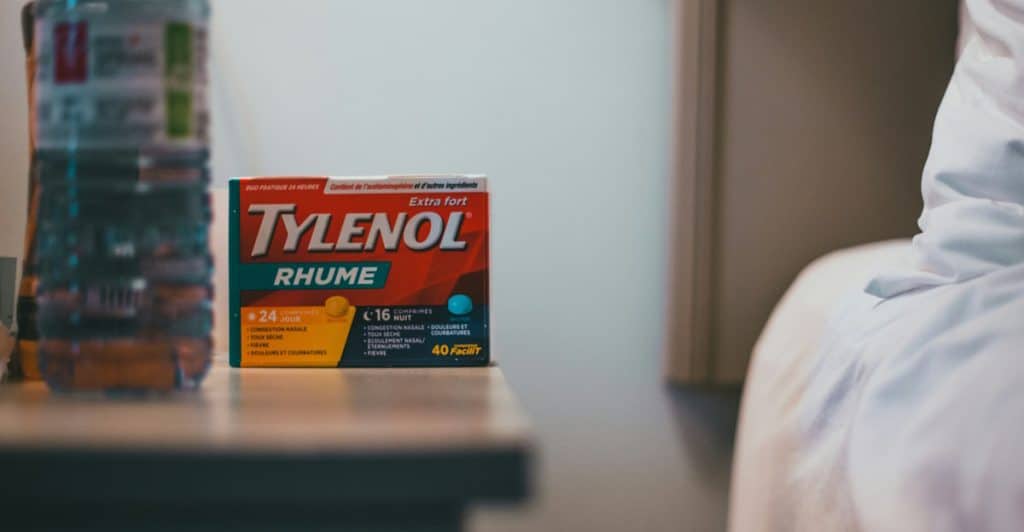
Over-the-counter pain relievers like acetaminophen or ibuprofen reduce pain and inflammation. Include both options for flexibility in treatment. Store in original packaging with dosage instructions intact. Be cautious of expiration dates. These medications offer temporary relief while waiting for further care.
Burn Cream or Ointment

Burn ointments soothe skin, reduce pain, and prevent infection. Look for products with lidocaine or aloe vera for added relief. Apply only to minor, first-degree burns. Avoid using open wounds without medical advice. These creams should be part of every first aid kit.
Allergy Medication
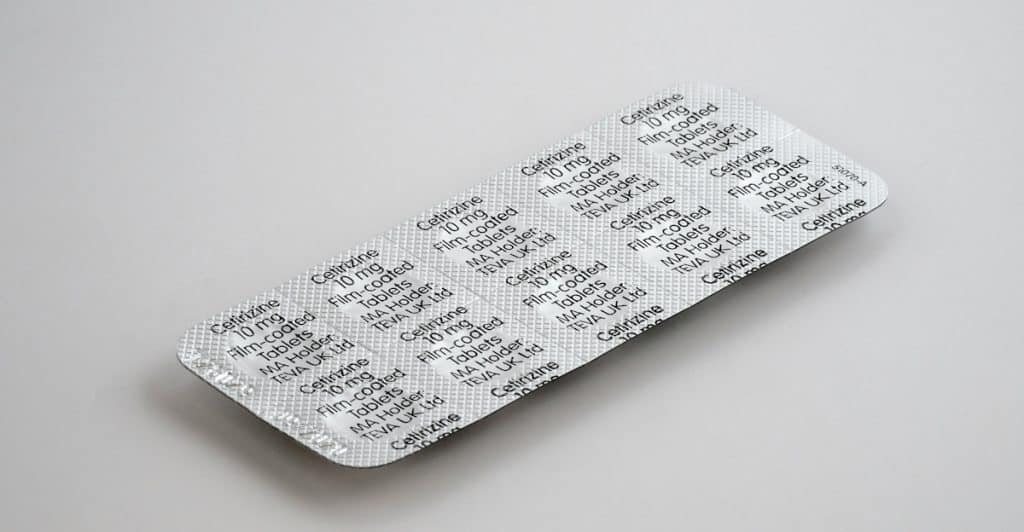
Antihistamines can manage mild allergic reactions such as hives or sneezing. Keep single-dose packs for easy administration. Always check expiration dates and dosages, especially for children. This is especially important in homes with known allergy sufferers. Quick treatment can prevent escalation.
Emergency Contact Card
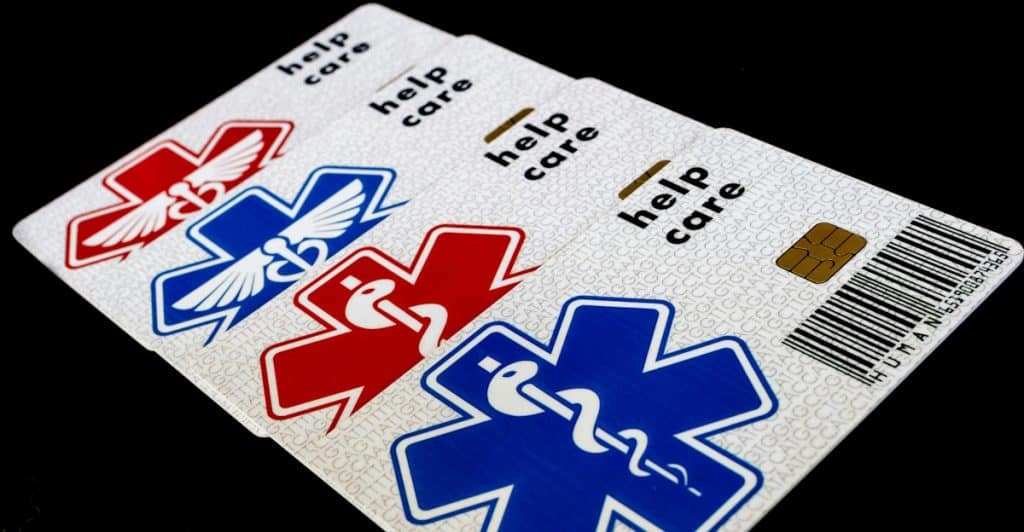
A contact card includes phone numbers for emergency services, doctors, and family. It’s helpful if someone else needs to use the kit in an emergency. Include medical conditions, allergies, and current medications. Laminate for durability and update regularly. This adds clarity during high-stress moments.
First Aid Manual
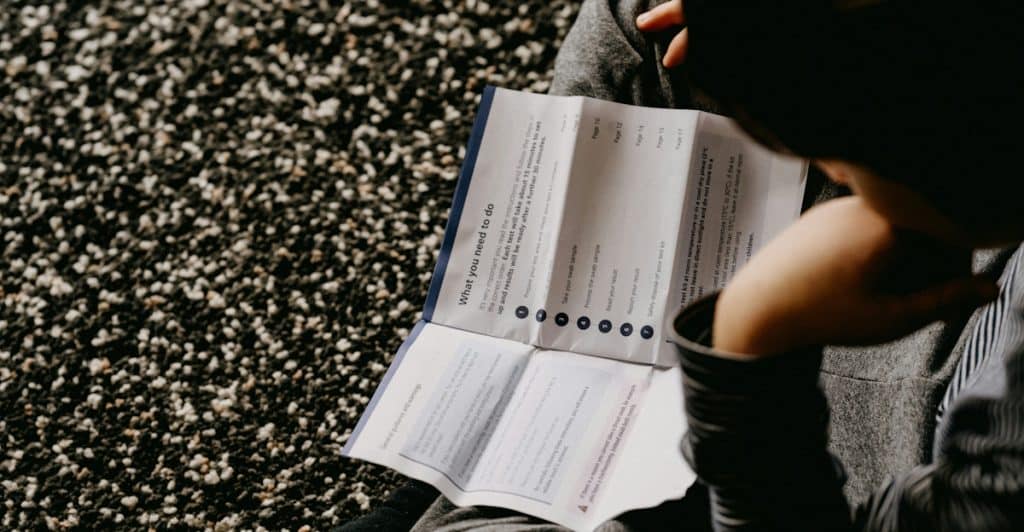
Even basic first aid can be confusing under pressure. A manual provides step-by-step guidance for common emergencies. Choose a version with clear illustrations and concise instructions. Digital copies can be stored on phones for easy access. A manual builds confidence during emergency care.
Conclusion
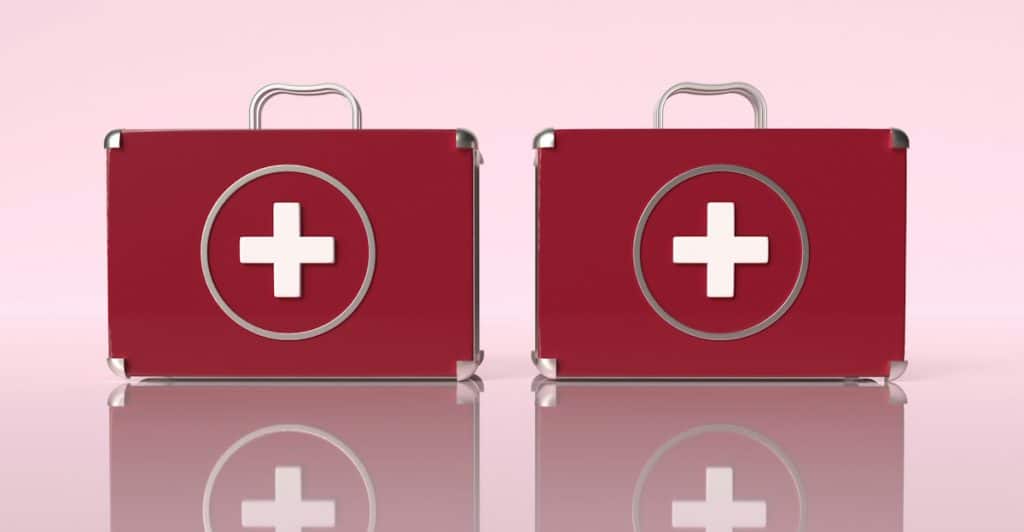
A complete first aid kit is a practical investment in health and safety. Stock it with essentials tailored to your household’s specific needs. Review the contents every few months and replace expired items. Being prepared can ease anxiety during emergencies and enable quicker response. With the right tools and knowledge, everyday incidents become manageable.






Ask Me Anything